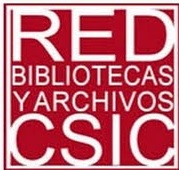EVALUATION OF FINING TECHNIQUES ON COLLOIDAL STABILITY AND APPEARANCE OF CRAFT ALE AND LAGER BEERS
Keywords:
fining agents, ale and lager beer, craft beer clarification, colloidal stability, beer turbidityAbstract
Introduction:
The present study has the purpose of examining various fining techniques applied to craft beer, in order to improve its stability and appearance. An exhaustive evaluation was carried out comparing methods such as filtration, centrifugation, sedimentation and the use of fining agents.
Objective:
To analyze fining techniques in the production of craft beer to improve the stability and appearance of the final product through the evaluation of fining techniques.
Materials and Methods:
Different clarification techniques were applied to craft beer samples. Subsequently, analyses were carried out to determine turbidity reduction and sedimentation time. In addition, the organoleptic characteristics of the clarified beers were analyzed to identify whether the techniques used influenced the flavor, aroma and body of the beverage.
Results and Discussion:
The results made it possible to determine the most appropriate clarification technique for each type of craft beer, considering factors such as style, wort composition and the desired characteristics in the final product. Likewise, the optimal operating parameters for each technique were defined, thus ensuring maximum efficiency and quality in the clarification process.
Conclusions:
This study contributes to the development of specific processes that improve the clarity and stability of craft beer, thus facilitating the selection of clarification techniques based on the specific characteristics of each product.
Downloads
Downloads
Published
How to Cite
Issue
Section
License

This work is licensed under a Creative Commons Attribution-NonCommercial 4.0 International License.



















